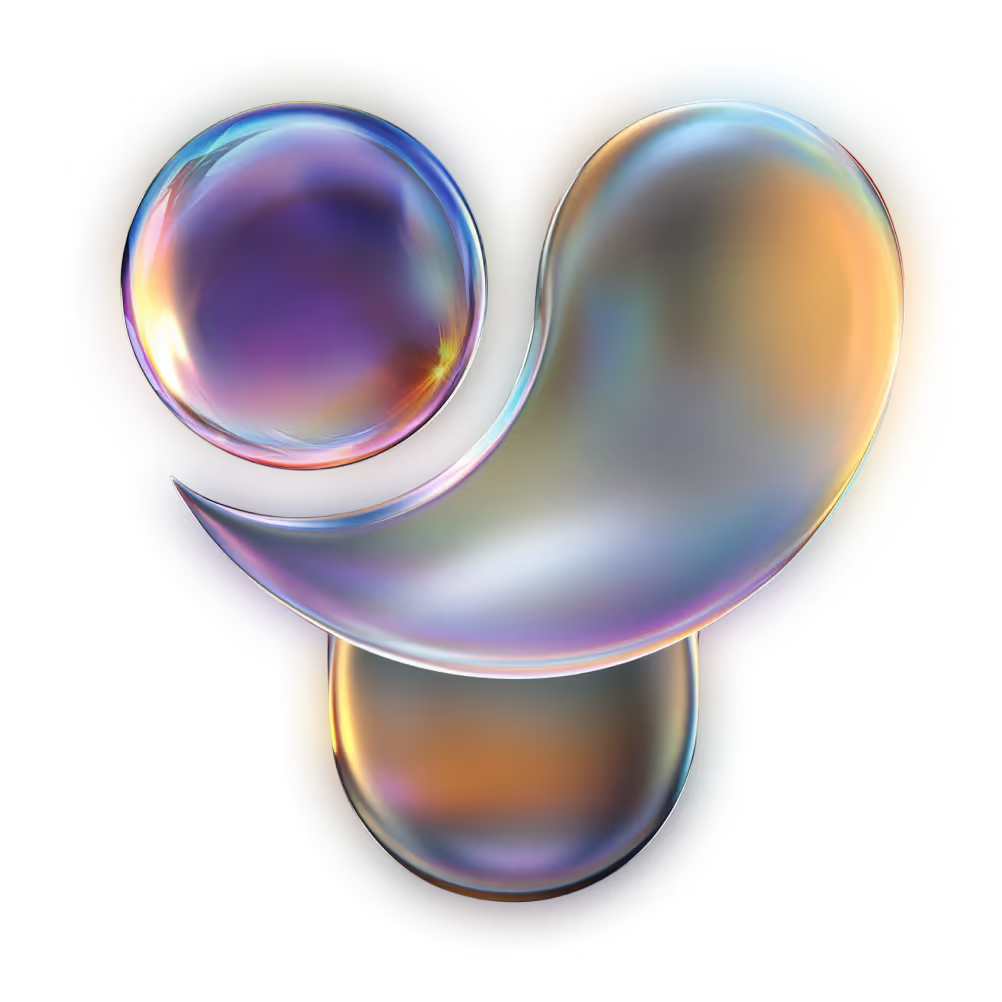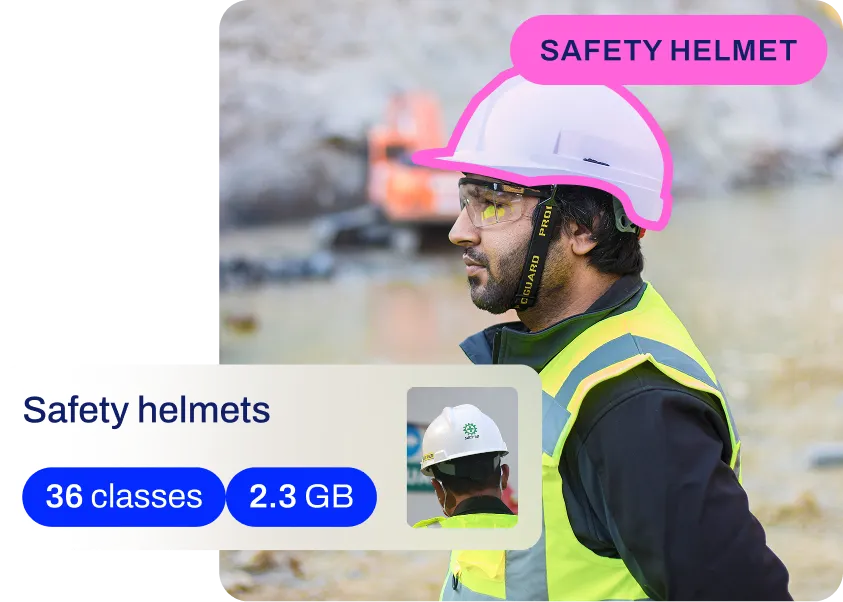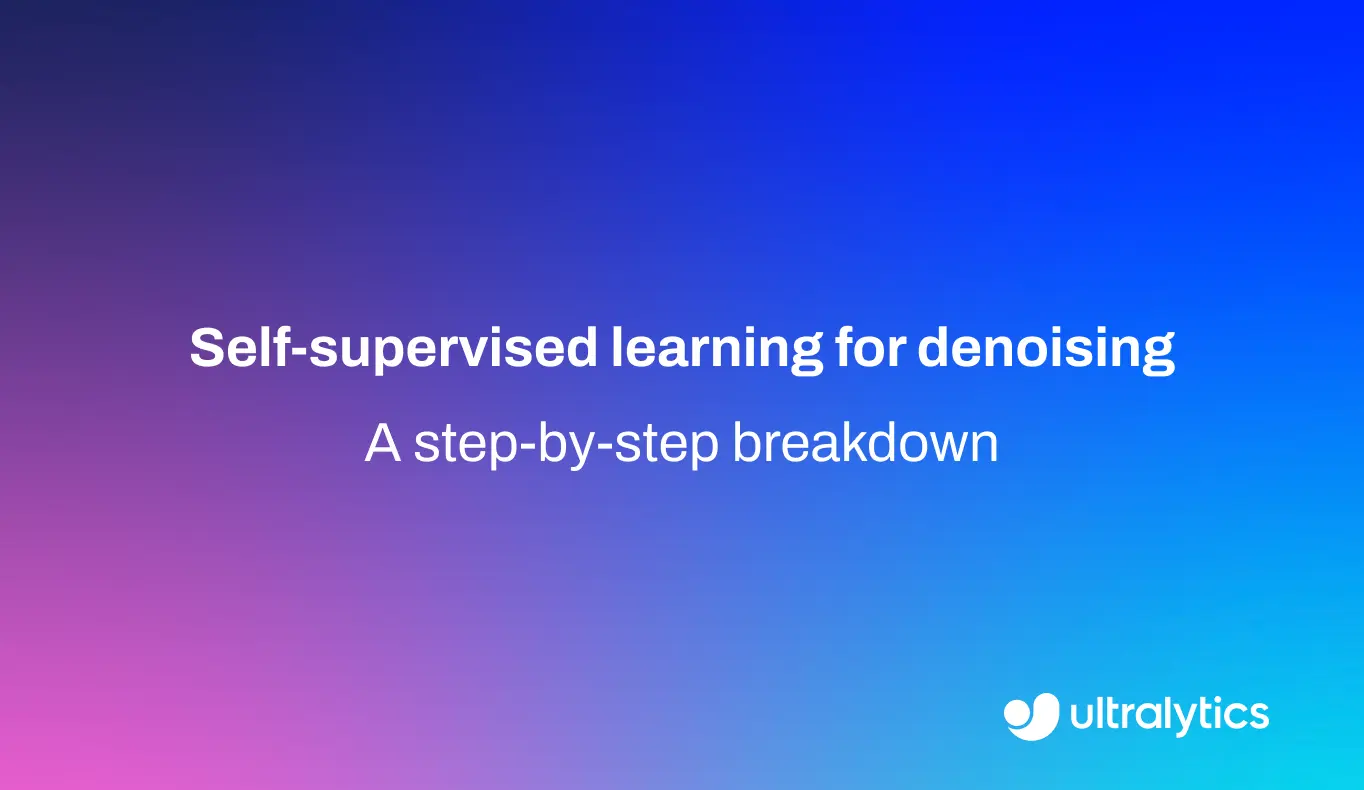Image Recognition
Discover how image recognition empowers AI to classify and understand visuals, driving innovation in healthcare, retail, security, and more.
Image recognition is a vital technology within the broader field of
computer vision (CV) that empowers software to
identify objects, people, places, and writing in images. At its core, this technology allows computers to
"see" and interpret visual data in a way that mimics human perception. By analyzing the pixel content of
digital images or video frames,
machine learning (ML) algorithms can extract
meaningful patterns and assign high-level concepts to visual inputs. This capability is foundational to modern
artificial intelligence (AI), enabling
systems to automate tasks that previously required human eyes and understanding.
Core Technologies and Mechanisms
Modern image recognition systems predominantly rely on
deep learning (DL) architectures. Specifically,
Convolutional Neural Networks (CNNs)
have become the industry standard due to their ability to preserve spatial relationships in data. These networks
process images through layers of mathematical filters, performing
feature extraction to identify simple shapes
like edges and textures before combining them to recognize complex entities like faces or vehicles.
To function effectively, these models require extensive
training data. Massive collections of labeled photos,
such as the famous ImageNet dataset, allow the model to learn the statistical
probability that a specific arrangement of pixels corresponds to a specific class, such as a "Golden
Retriever" or a "Traffic Light."
Distinguishing Image Recognition from Related Terms
While often used interchangeably with other terms, identifying the nuances is important for developers:
-
Image Recognition vs.
Image Classification:
Classification is a specific sub-task where the goal is to assign a single label to an entire image (e.g.,
"This is a photo of a beach"). Recognition is the broader umbrella term that includes classification.
-
Image Recognition vs.
Object Detection:
Detection takes recognition a step further. While recognition identifies what is in the image, object
detection identifies where it is by drawing a
bounding box around specific instances.
-
Image Recognition vs.
Optical Character Recognition (OCR):
OCR is a specialized form of recognition focused strictly on identifying text characters and converting them into
digital strings.
Real-World Applications
The utility of image recognition spans virtually every sector. In
healthcare settings, algorithms assist
radiologists by automatically recognizing anomalies in X-rays and MRIs, leading to faster diagnosis of conditions like
pneumonia or tumors. This falls under the specialized domain of
medical image analysis.
Another prominent use case is in the automotive industry, specifically for
autonomous vehicles. Self-driving cars utilize
identifying algorithms to recognize lane markings, read speed limit signs, and detect pedestrians in real-time to make
safety-critical decisions. Similarly, in
smart retail environments, systems use recognition to
facilitate cashier-less checkout by identifying products as customers pick them off the shelf.
Implementing Image Recognition with YOLO11
Developers can easily implement recognition capabilities using state-of-the-art models like
YOLO11. While YOLO is famous for detection, it also supports
high-speed classification tasks. The following Python snippet demonstrates how
to load a pre-trained model and identify the main subject of an image.
from ultralytics import YOLO
# Load a pre-trained YOLO11 classification model
model = YOLO("yolo11n-cls.pt")
# Perform inference on an external image URL
# The model will identify the most likely class (e.g., 'sportscar')
results = model("https://ultralytics.com/images/bus.jpg")
# Display the top predicted class name
print(f"Top Prediction: {results[0].names[results[0].probs.top1]}")
Future Trends
As hardware improves, the field is moving toward edge AI,
where recognition happens directly on devices like smartphones and cameras rather than in the cloud. This shift
reduces latency and improves privacy. Furthermore, advancements in
model quantization are making these powerful
tools lightweight enough to run on microcontrollers, expanding the horizon of
IoT applications.











.webp)
